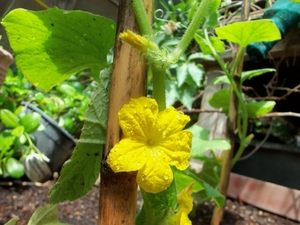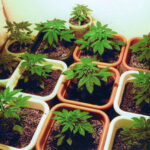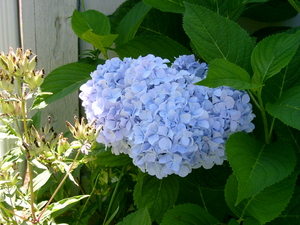This year my husband and I took over my family’s farm in northern Arizona. It isn’t huge farm, only five acres, but one of the things it boasts is a massive greenhouse. The greenhouse is required because we’re heirloom farmers. We cultivate our own seed strains from both existing and wild stock. The controlled environment of a greenhouse allows us to germinate and propagate year-round, and winter over more delicate plants that would die if left outside. But, growing some plants in a greenhouse is harder than many people think; especially when it comes to fruiting plants.
Pollination
The biggest obstacle to growing fruit plants indoors is the lack of natural pollination from bees and other insects. Fruit plants, such as tomatoes and strawberries, will put out flowers all summer long but won’t produce fruit if they aren’t cross pollinated. Fruit is nothing more than a pregnant flower, and the flowers can’t get pregnant without assistance from the birds and bees, literally.
Introducing Insects
If your greenhouse is large enough the best way to solve this problem is to introduce positive insects into the environment. If your greenhouse is completely contained you may not want to release bees into it, but other pollinating insects, such as paper wasps, which don’t sting people, and common houseflies may be a good compromise. However, if you have an outlet greenhouse, where ports can be opened during the day to allow flying insects in and out, you may want to invest in either buying or attracting a bee hive.
Hand Pollinating
If you’re having problems getting your pollinating insects to attend the fruit plants you want them too, or if your greenhouse is very small, it’s a good idea to pollinate the fruit flowers by hand. All this requires is a clean, dry natural hair paint brush and a gentle touch. When the flowers come out lightly brush the pollen from a male flower on one plat to a female flower on another plant of the same kind. Simply transfer the pollen. It doesn’t taken much, and shouldn’t be overdone, or you risk bruising the flower and killing it.
Don’t Water the Flowers
One of the most common mistakes I’ve seen people make when growing fruit plants in a greenhouse is washing the pollen off the flower by watering them directly when the flower is blooming. It’s easy to get carried away and simply spray everything in sight in a greenhouse. Doing so raises the humidity, which is good for the plants in general, but be careful not to ‘wash’ flowering fruit plants every day, and never in the middle of the day when the flowers are at their peak. Plants that being grown in greenhouses don’t need to be washed as often as plants outdoors. Once every two weeks is fine, and for flowering fruit plants it should be done very early in the morning, just after sunrise, before the flower begins to wake and open.
Prune Judiciously
Fruit plants that grow outside usually grow large, with vines reaching everywhere. In a greenhouse they have the potential to get even larger thanks to the controlled environment. The problem is that in a greenhouse you don’t have as much space for the plant to grow as you do outside. This can cause unexpected over-crowding for the novice gardener, making it all but impossible for them to tend the entire plant. And it creates an overwhelming environment for the plants where they end up choking out the sunlight coming through the walls. Keeping your fruit plants well pruned is essential to successes in greenhouses. After a vine is harvested cut it off the plant and let the next one mature, then keep repeating the process all season.
Watch the Humidity
One final note about growing fruit plants in a greenhouse applies to all plants. You need to keep an eye on the humidity. While you don’t want it to get to dry, you also don’t want it to get to humid. If you have a barometer use it. For most plants the optimal range is 45-70%. Only plants designated as specifically tropical-humid can withstand more than that for extended periods. If you don’t have a barometer (or even if you do) look out for condensation. If you see condensation on the walls or glass you can bet that it will be on your plants as well. This can cause mold and fungal growth which can kill your plants. Vent the greenhouse immediately if you see condensation, especially if it’s getting close to sunset.
More from Candes:
4 Reasons to Grow Your Own Fresh Herbs
The Eatable Sitting Garden
Community Support From Kitchen Gardens





